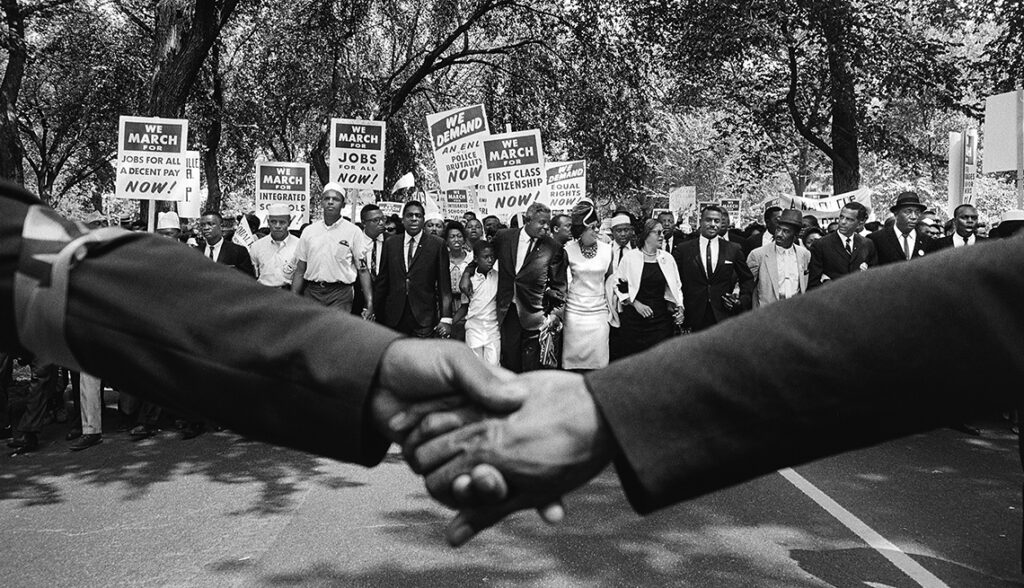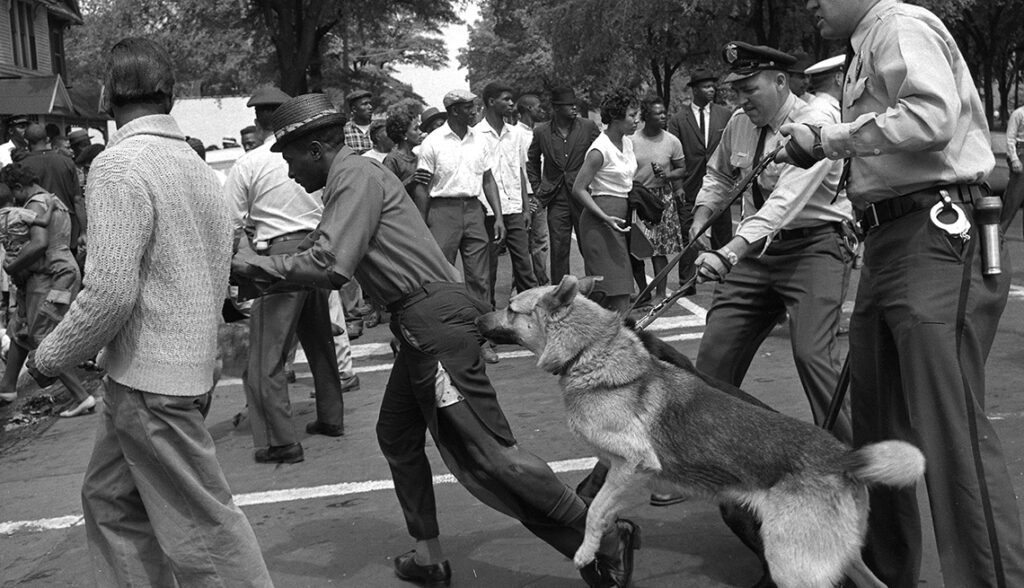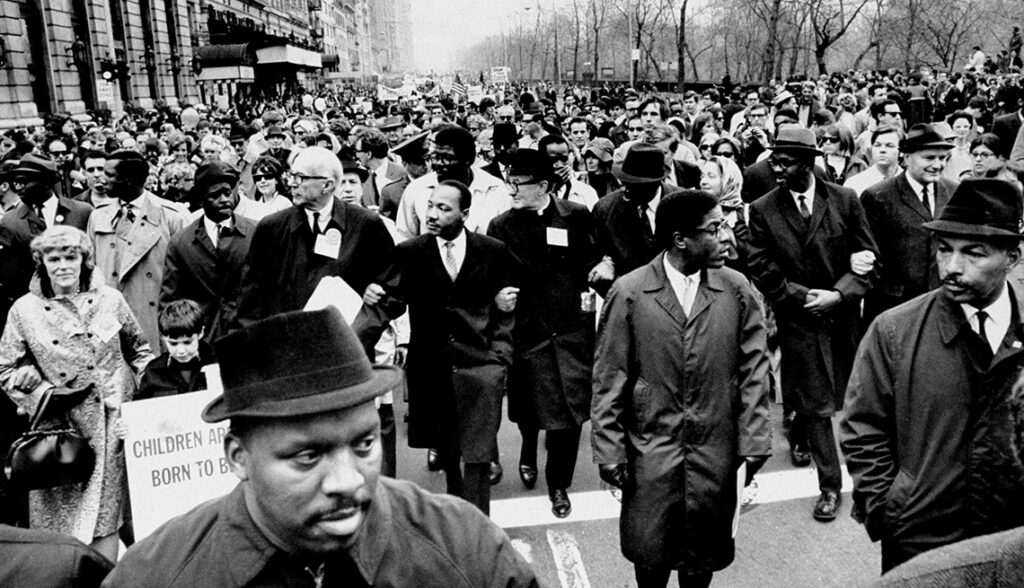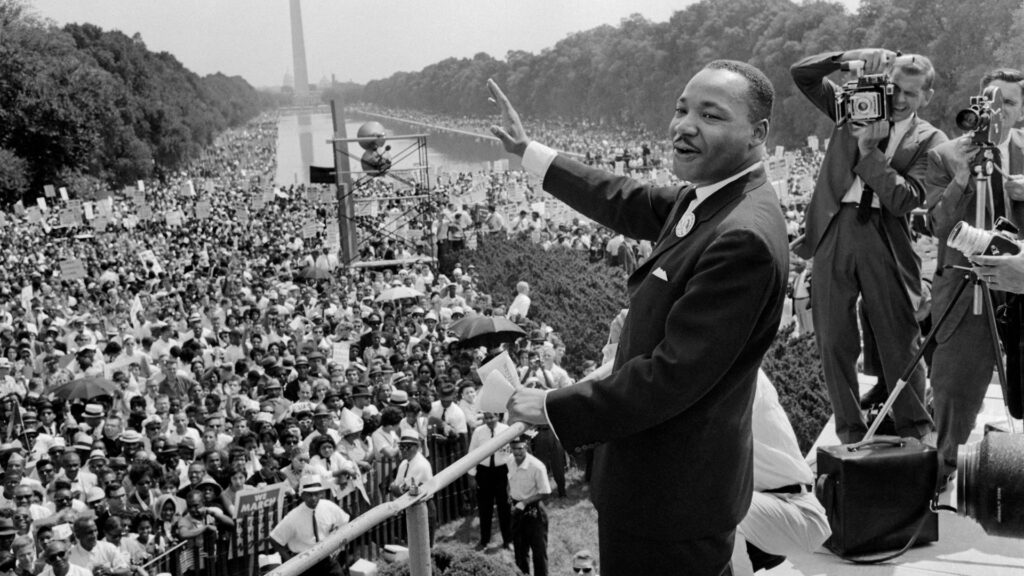Embracing Equality: Why the Legacy of the Civil Rights Movement Must Define Our Future

In the annals of American history, few movements resonate as profoundly as the Civil Rights Movement of the 1950s and 1960s. Born out of a fierce determination to confront systemic racism and inequality, this pivotal chapter in our nation’s story is marked by courage, sacrifice, and unwavering resolve. From the halls of power to the streets of small towns, individuals of all backgrounds came together to challenge injustice and demand change. Their struggle reverberated across the country, igniting a spark of hope and inspiring generations to stand up for equality and justice for all.

- Jim Crow Laws and Segregation: After Reconstruction, Southern states enacted Jim Crow laws to enforce racial segregation and disenfranchisement. These laws mandated separate facilities for Black and white people, from schools to public transportation, perpetuating systemic discrimination.
- World War II and Civil Rights: Despite serving in the military during World War II, Black soldiers faced segregation and discrimination. Executive orders like 8802 aimed to ensure fair employment practices, yet racial inequality persisted, prompting further activism for civil rights.
- Key Figures and Events: Rosa Parks’ refusal to give up her bus seat in Montgomery, Alabama, ignited the Montgomery Bus Boycott, showcasing the power of nonviolent protest. The Little Rock Nine’s integration of Central High School and the Greensboro sit-ins challenged segregation directly, inspiring nationwide movements for change.
- Freedom Riders: The Freedom Rides aimed to challenge segregation in interstate travel, facing violent opposition in the South. Their actions drew international attention and pressured the federal government to intervene, highlighting the urgency of the civil rights struggle.
- Legislative Victories: The Civil Rights Acts of 1957 and 1964, along with the Voting Rights Act of 1965, marked significant milestones in the fight for equality. These laws aimed to dismantle institutionalized racism, protect voting rights, and promote integration in public facilities and employment.
- Violent Resistance and Tragedy: The movement faced violent opposition, including the brutal attack on peaceful protesters in Selma, Alabama, known as Bloody Sunday. The assassinations of leaders like Malcolm X and Martin Luther King Jr. shocked the nation, underscoring the risks and sacrifices of the struggle for civil rights.
- Legacy and Continuing Struggle: The Civil Rights Movement’s achievements paved the way for progress in racial equality and social justice. However, ongoing challenges, such as systemic racism and disparities, remind us of the ongoing need for activism and advocacy to uphold civil rights for all.
As we reflect on the legacy of the Civil Rights Movement, let us honor the courage and perseverance of those who fought tirelessly for a more just and equitable society. Their sacrifices and triumphs remind us that the struggle for civil rights is not confined to the past but continues in the present. Let us draw inspiration from their example as we strive to build a future where every individual is treated with dignity, respect, and equality under the law. Together, let us renew our commitment to upholding the principles of freedom and justice for all, ensuring that the legacy of the Civil Rights Movement endures for generations to come.







